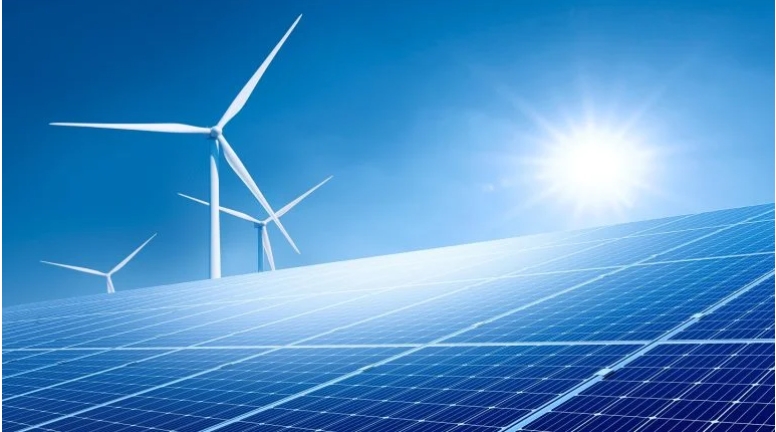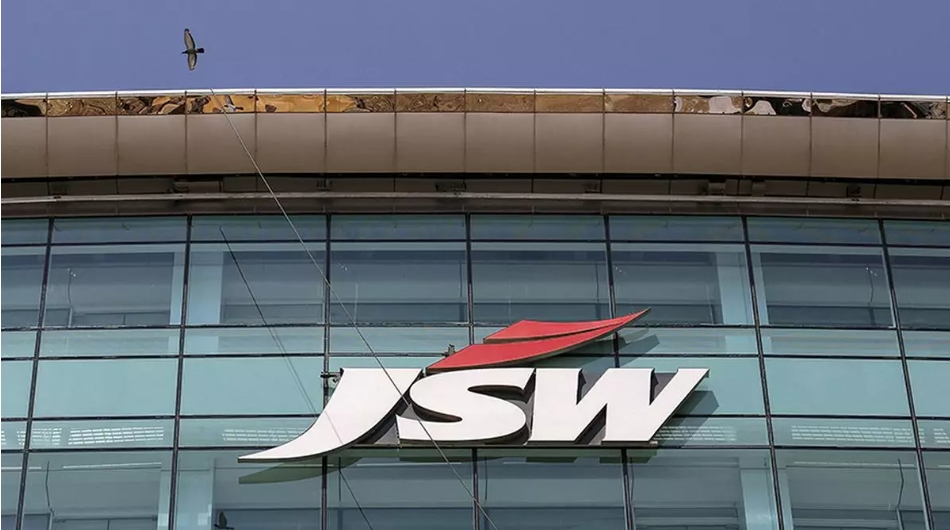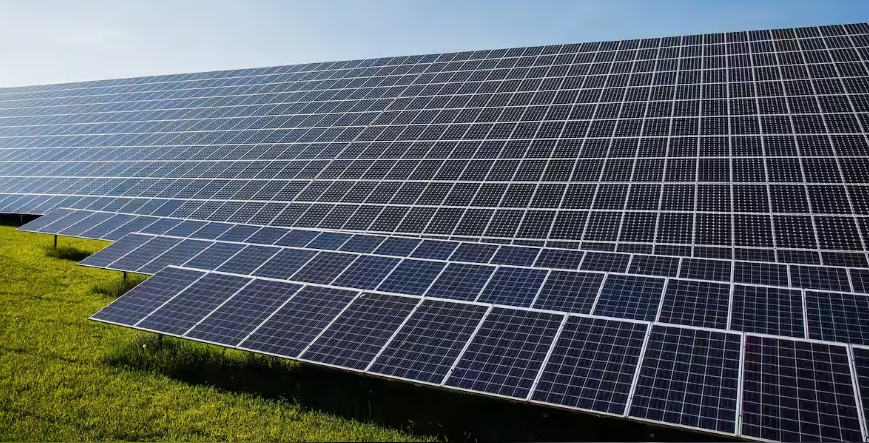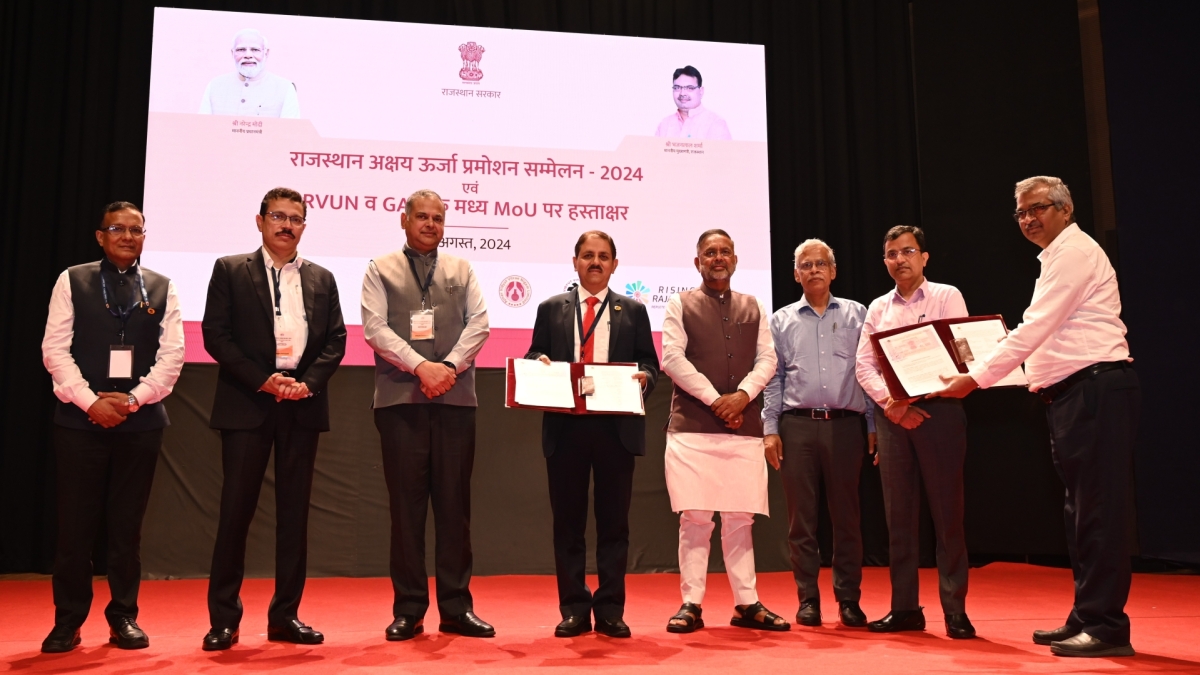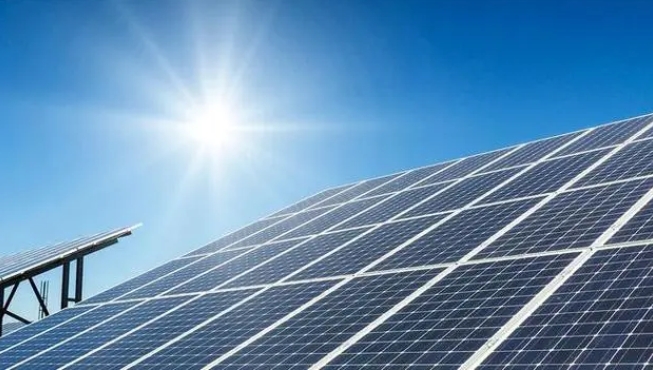
Roughly 600 quick-turn stations switched on in the third quarter across the US, a 7% increase from the end of June, according to a Bloomberg Green analysis of Department of Energy data. There are now nearly 9,000 public, fast-charging sites in the US, and their proliferation has only quickened.
For the year to date, the number of fast-charging options in the US has grown by 35% over the year-earlier period. At that rate, quick-turn stations will number roughly 11,600 by the end of the year — roughly one electron station for every 10 US gas stations.
“There are so many new stations going in every quarter,” said Erika Myers, executive director of CharIN North America, a Washington DC-based nonprofit focused on improving the charging experience. “It might feel like there isn’t much (charging) if you researched this last year, but take another look.”
The recent charger blitz is a boon, particularly for drivers in the US Midwest and South. The crowd of the new electron pumps cuts from Michigan south to Florida. Between June and October, drivers got 51 new places to quickly top up an EV in Michigan, 24 in Ohio, 38 in Florida, 25 in Georgia, 14 in Kentucky and 15 in Alabama.
While the pace of electric vehicle sales gains slowed for a beat at the start of the year, US drivers are once again scrambling for battery-powered models. Drawn in part by a parade of newer, more affordable machines, Americans bought 346,309 fully electric vehicles in the third quarter, an 11% increase over the year-earlier quarter, according to Cox Automotive Inc.
There are now 3.5 million EVs registered in the US, according to federal data, and sales gains have been steepest in rural states like Oklahoma, Arkansas and Montana that have largely steered clear of battery-powered machines until recently.
EVgo Inc., which operates about 1,000 fast-charging stations in the US, says the new crop of more affordable vehicles is juicing returns. “What we’re seeing on the ground are people buying electric vehicles across the United States,” CEO Badar Khan said on an August earnings call. “That just speaks very well to the underlying demand.”
The third-quarter infrastructure blitz was fueled in part by the Biden administration’s National Electric Vehicle Infrastructure (NEVI) Formula program, a $5 billion plan to fill in the remaining gaps in the charging map. Though it’s still early days, that money switched on nine stations in the third quarter, including the first facilities funded by the program in Rhode Island and Utah. Those figures should increase quickly in coming months; some 29 states have awarded NEVI contracts or signed agreements for another 700 charging stations, according to the government.
However, the invisible hand on the charging lever is still plenty strong even absent Beltway sweeteners. North American operators will spend an estimated $6.1 billion on charging infrastructure this year, nearly double their 2023 investment, according to BloombergNEF. That annual spend is expected to double again by 2030.


